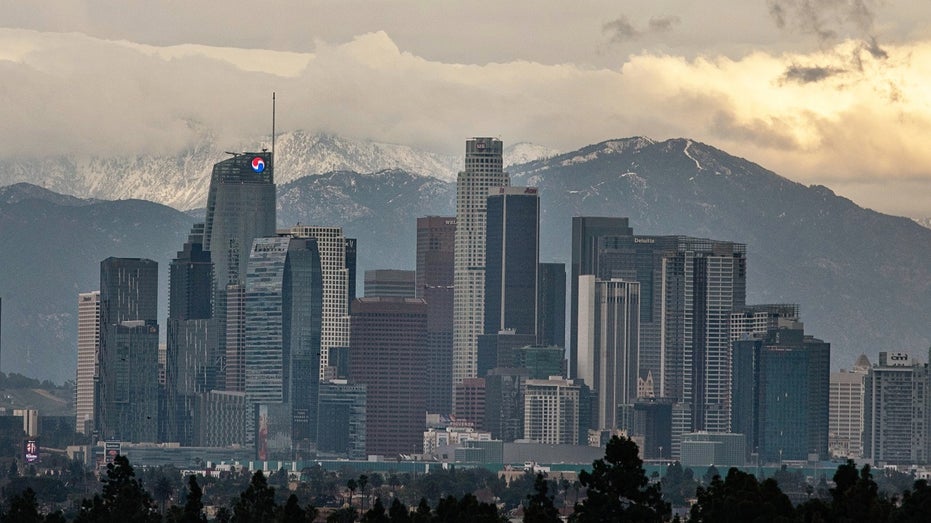The Rise of Controversial Restaurant Fees: Are Customers Paying the Price?
Restaurants have been facing increasing costs in recent years, prompting some owners to implement additional fees or surcharges for customers. According to a National Restaurant Association survey, one in six restaurants now adds these charges to combat rising expenses. However, this trend has sparked controversy and dissatisfaction among diners.
‘The Power of Conflict’ author Jon Taffer on the state of restaurants and teaming up with Shift4 for the launch of the SkyTab Rescue Mission contest.
The Viral 4% Surcharge
Last week, Alimento, a Los Angeles restaurant, gained widespread attention for implementing a 4% surcharge to cover the cost of workers’ health insurance. The owner, Zach Pollack, defended the decision on social media, emphasizing that customers have the option to remove the surcharge from their checks.
This controversy surrounding surcharges is not limited to Alimento. Restaurants across the country are getting creative with additional fees to offset costs and boost profit margins. Some establishments charge for items that customers typically expect to be complimentary, such as water or bread. Others encourage higher tips or provide an option to tip employees even without table service.
The Debate Over Transparency
Critics argue that these surcharges obscure the true cost of a meal and allow restaurants to charge customers extra without incorporating these expenses into menu prices. Brian Warrener, a professor of hospitality management, suggests that restaurants should be more upfront about rising costs by raising prices, even if it means potentially scaring away customers. He believes that charging customers for benefits like salaries and health insurance creates confusion and dissatisfaction.
The Impact of the Pandemic
The trend of surcharges began before the pandemic, but the health emergency accelerated its adoption as restaurants struggled to stay afloat amidst restrictions on operations. Even as pandemic fears have subsided, these fees continue to spread, with establishments asking customers to pay for non-meal-related expenses. For example, some California restaurants charge a 1% fee to combat climate change, as allowed by state law.
While surcharges may provide a necessary lifeline for struggling restaurants, they also contribute to a sense of frustration among consumers. The lack of transparency and the feeling of being charged for something beyond their control has left a bad taste in the mouths of many diners.
The Future of Restaurant Fees
As the debate over surcharges continues, it remains to be seen whether the industry will find alternative solutions to cover rising costs or if customers will become more accepting of these additional fees. Ultimately, it may require a delicate balance between maintaining profitability for restaurants and ensuring customer satisfaction.
Only time will tell how this trend will evolve and whether consumers will continue to bear the burden of these controversial restaurant fees.
























